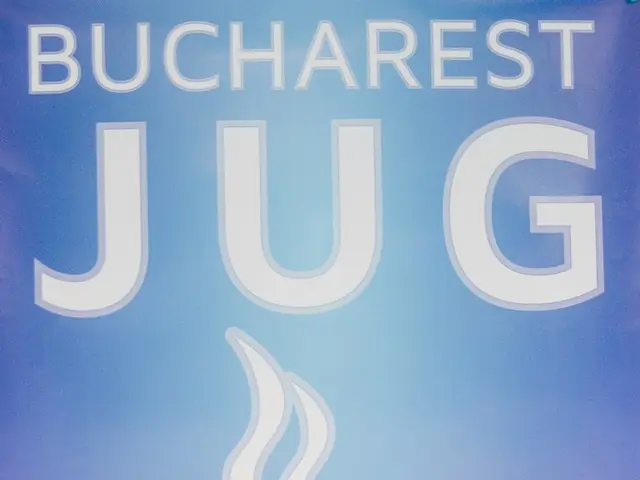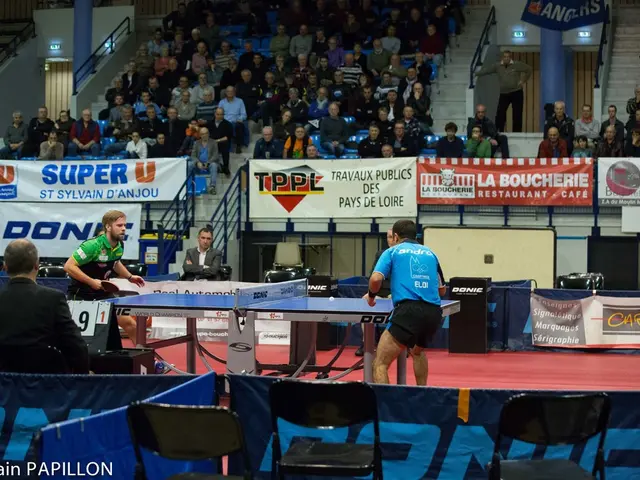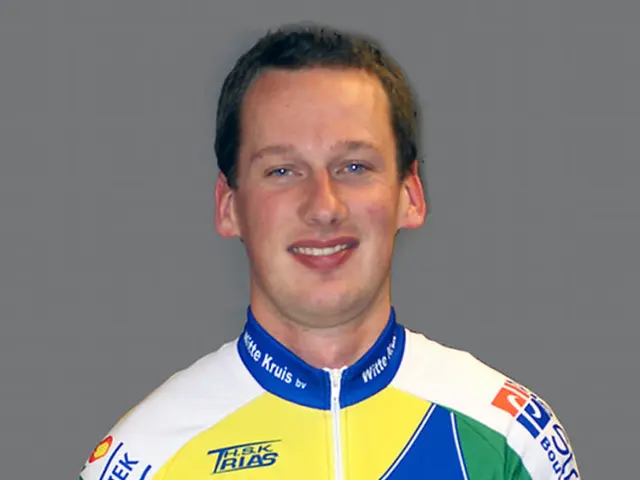The Impact of Field Size (AFS) on the Independent Chip Model in Tournament Poker: An Analysis
Taking Chances: How the Size of Multi-Table Tournaments Impacts Your Winnings and Strategy
Are you a poker enthusiast attempting to conquer the multi-table tournament (MTT) scene? Renowned MTT expert Barry Carter is here to help with some valuable insights on the impact of field size on variance, late-game strategy, and ICM (Independent Chip Model) decision-making. Let's delve into the advantages and disadvantages of selecting tournaments with fewer and greater numbers of players.
Field Size in MTTs - What Makes a Tournament Small or Large?
When considering MTT tournament selection, bearing in mind the number of recreational players and the guaranteed prize pool is crucial, but often overlooked is field size. Let's define what constitutes a large and small field in MTTs:
- A small field would consist of up to 150 participants, whereas a large field would have 500 or more, with a medium field occupying the middle ground.
For example, in a WSOP bracelet event or an $11 PokerOK online tournament, 500 players would be a small field, whereas for a Super High Roller tournament or a local casino tournament, 100 players would already be considered a lot.
Interested in joining a platform that delivers exceptional value? PokerOK stands out as a remarkable choice. With perks such as $600 monthly freerolls, educational video courses, mining tools up to 5000NL/PLO, and 24/7 assistance, you'll be well-equipped to amp up your game. Give it a shot!
Why Choose Small vs. Large Field Tournaments?
If you prefer tournaments with a smaller number of participants, you'll encounter ICM situations in the later stages more frequently. This helps you to develop "muscle memory" and react appropriately in high-stakes situations. On the flip side, tournaments with more participants offer less frequent chances to participate in such situations, and by the time you get there, you might not be at your best.
In addition, tournaments with smaller fields boast lower variance, making them an excellent option for players seeking stability. Large fields offer the potential for higher peak wins, albeit with sharper and more extended downswings. In smaller field tournaments, wins occur more often. The risk of being in the red after 1,000 tournaments with 1,000 players is 40%, with a required bankroll of $23,069. In contrast, the risk of losses is only 18%, with a required bankroll of $8,742.
Lastly, mental well-being plays a crucial role. Reaching the final table in small field tournaments frequently is less taxing than going without for months, which can affect your confidence should you bust on the bubble of a larger tournament.
Why Join Large Field Tournaments?
The lure of big prize money is undeniable. A successful run in large-field tournaments could be life-changing, doubling your bankroll or even allowing you to become a pro. While winning a small tournament can be rewarding, victories in larger events, such as the Sunday Storm, have a more substantial impact.
"Can't there only be 1,000 good players in a 1,000-player tournament?" some might argue. However, top players often estimate their ROI (Return on Investment) for WSOP Main Events at over 200%, while in 6-18 player SNGs, even the best ROI rarely exceeds 10%.
Bubble Factor and Potential Rewards for Risk
In large fields, ROI is typically higher, and in small fields, variance is lower. But what does this mean from an ICM perspective? In smaller fields, you should play more defensively, focusing on improving your chip stack, making it into the money, and climbing the prize ladder. Conversely, in larger fields, it makes more sense to play aggressively and aim for top spots; that's where the main concentration of the prize pool is.
For instance, consider a situation at a 6-max table with 40 BB stacks for all players, and 25% of the field remaining. In a 45-player SNG, the bubble factor is roughly 1.56, necessitating 61% equity to push against another player. As the field size increases, the bubble factor decreases: it goes down to 1.38 in a 90-player SNG and 1.22 in a 180-player SNG. In a 1,666-player tournament, the bubble factor remains at 1.22, suggesting you should be more aggressive in larger fields.
In Conclusion
Understanding the differences between small and large field MTTs is vital for crafting an effective poker strategy. Smaller fields provide stability, allowing for steady profits and practice. On the other hand, larger fields offer unparalleled opportunities for tremendous wins and bankroll growth. Make a sound choice by weighing the variance, competition, and potential rewards. Happy gaming, poker die-hards!
- In multi-table tournaments (MTTs), the size of the field significantly impacts your winnings and strategy.
- Small MTT fields, with up to 150 participants, provide more frequent opportunities to encounter ICM (Independent Chip Model) situations, ideal for developing "muscle memory".
- Large MTT fields, with 500 or more participants, offer greater potential for higher peak wins, despite sharper downswings and less frequent ICM encounters.
- Choosing to play in casino-and-gambling platforms like PokerOK allows access to educational resources, tournaments, and a stable bankroll, enabling players to improve their strategy in various casino-games, including poker.





